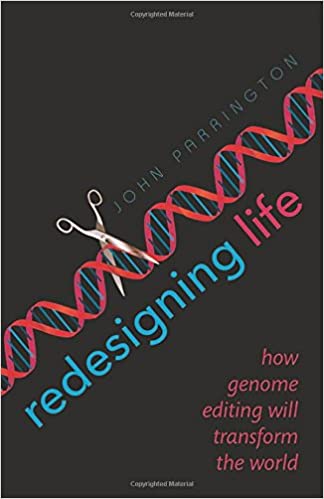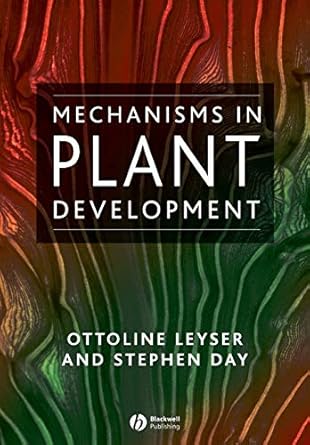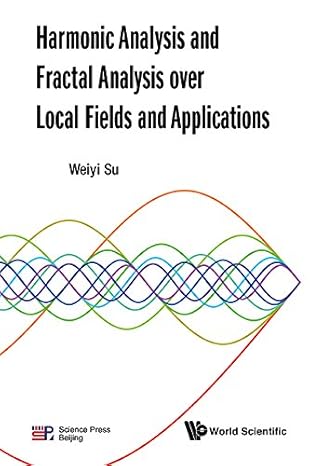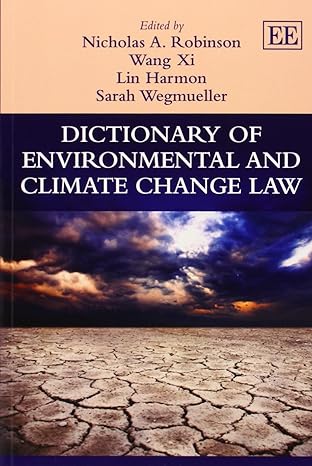Since the birth of civilisation, human beings have manipulated other life-forms. We have selectively bred plants and animals for thousands of years to maximize agricultural production and cater to our tastes in pets. The observation of the creation of artificial animal and plant variants was a key stimulant for Charles Darwin's theory of evolution. The ability to directly engineer the genomes of organisms first became possible in the 1970s, when the gene for human insulin was introduced into bacteria to produce this protein for diabetics. At the same time, mice were modified to produce human growth hormone, and grew huge as a result. But these were only our first tottering steps into the possibilities of genetic engineering.
In the past few years, the pace of progress has accelerated enormously. We can now cut and paste genes using molecular scissors with astonishing ease, and the new technology of genome editing can be applied to practically any species of plants or animals. 'Mutation chain reaction' can be used to alter the genes of a population of pests, such as flies; as the modified creatures breed, the mutation is spread through the population, so that within a few generations the organism is almost completely altered. At the same time, scientists are also beginning to synthesize new organisms from scratch.
These new technologies hold much promise for improving lives. Genome editing has already been used clinically to treat AIDS patients, by genetically modifying their white blood cells to be resistant to HIV. In agriculture, genome editing could be used to engineer species with increased food output, and the ability to thrive in challenging climates. New bacterial forms may be used to generate energy. But these powerful new techniques also raise important ethical dilemmas and potential dangers, pressing issues that are already upon us given the speed of scientific developments. To what extent should parents be able to manipulate the genetics of their offspring - and would designer babies be limited to the rich? Can we effectively weigh up the risks from introducing synthetic lifeforms into complex ecosystems? John Parrington explains the nature and possibilities of these new scientific developments, which could usher in a brave, new world. We must rapidly come to understand its implications if we are to direct its huge potential to the good of humanity and the planet.
چکیده فارسی
از زمان تولد تمدن، انسان ها دیگر اشکال زندگی را دستکاری کرده اند. ما هزاران سال است که گیاهان و حیوانات را بطور انتخابی پرورش داده ایم تا تولیدات کشاورزی را به حداکثر برسانیم و سلیقه خود را در حیوانات خانگی برآورده کنیم. مشاهده ایجاد گونه های مصنوعی حیوانی و گیاهی محرک اصلی نظریه تکامل چارلز داروین بود. توانایی مهندسی مستقیم ژنوم موجودات برای اولین بار در دهه 1970 امکان پذیر شد، زمانی که ژن انسولین انسانی برای تولید این پروتئین برای بیماران دیابتی به باکتری ها وارد شد. در همان زمان، موشها برای تولید هورمون رشد انسانی اصلاح شدند و در نتیجه رشد زیادی پیدا کردند. اما اینها اولین گام های متزلزل ما در زمینه احتمالات مهندسی ژنتیک بود.
در چند سال گذشته، سرعت پیشرفت به شدت افزایش یافته است. اکنون میتوانیم ژنها را با استفاده از قیچی مولکولی با سهولت شگفتآور برش داده و بچسبانیم، و فناوری جدید ویرایش ژنوم را میتوان برای هر گونه گیاهی یا جانوری به کار برد. «واکنش زنجیرهای جهش» میتواند برای تغییر ژنهای جمعیتی از آفات، مانند مگسها استفاده شود. همانطور که موجودات اصلاح شده تولید مثل می کنند، جهش در میان جمعیت پخش می شود، به طوری که در عرض چند نسل، ارگانیسم تقریباً به طور کامل تغییر می کند. در همان زمان، دانشمندان همچنین شروع به سنتز موجودات جدید از ابتدا می کنند.
این فناوریهای جدید نویدبخش بهبود زندگی هستند. ویرایش ژنوم قبلاً به صورت بالینی برای درمان بیماران مبتلا به ایدز با اصلاح ژنتیکی گلبولهای سفید خون برای مقاوم شدن به HIV استفاده شده است. در کشاورزی، ویرایش ژنوم می تواند برای مهندسی گونه هایی با افزایش تولید غذا و توانایی رشد در آب و هوای چالش برانگیز استفاده شود. ممکن است از اشکال باکتریایی جدید برای تولید انرژی استفاده شود. اما این تکنیکهای جدید قدرتمند، معضلات اخلاقی و خطرات بالقوه مهمی را نیز مطرح میکنند، و مسائلی را که با توجه به سرعت پیشرفتهای علمی، در حال حاضر بر سر راه ما قرار دارند، مطرح میکنند. والدین تا چه حد باید بتوانند ژنتیک فرزندان خود را دستکاری کنند - و آیا نوزادان طراح فقط به ثروتمندان محدود می شوند؟ آیا میتوانیم خطرات ناشی از معرفی اشکال حیات مصنوعی را در اکوسیستمهای پیچیده بسنجیم؟ جان پارینگتون ماهیت و امکانات این پیشرفت های علمی جدید را توضیح می دهد که می تواند دنیایی شجاع و جدید را آغاز کند. اگر بخواهیم پتانسیل عظیم آن را به نفع بشریت و کره زمین هدایت کنیم، باید به سرعت پیامدهای آن را درک کنیم.
ادامه ...
بستن ...
Ebook details:
عنوان: Redesigning Life How genome editing will transform the world (9780198766827)
نویسنده: Parrington, John
ناشر: Oxford University Press; 1 edition (October 25, 2016)
زبان: English
شابک: 0198766823, 978-0198766827
حجم: 9 Mb
فرمت: Original PDF
ادامه ...
بستن ...







![[Soultion Manual] Statistics for Management and Economics (11th Edition) - Word [Soultion Manual] Statistics for Management and Economics (11th Edition) - Word](https://dl.libsan.ir/images/1/12/61JGRNKwfUL._SY466__66fd1fc169714.jpg)


